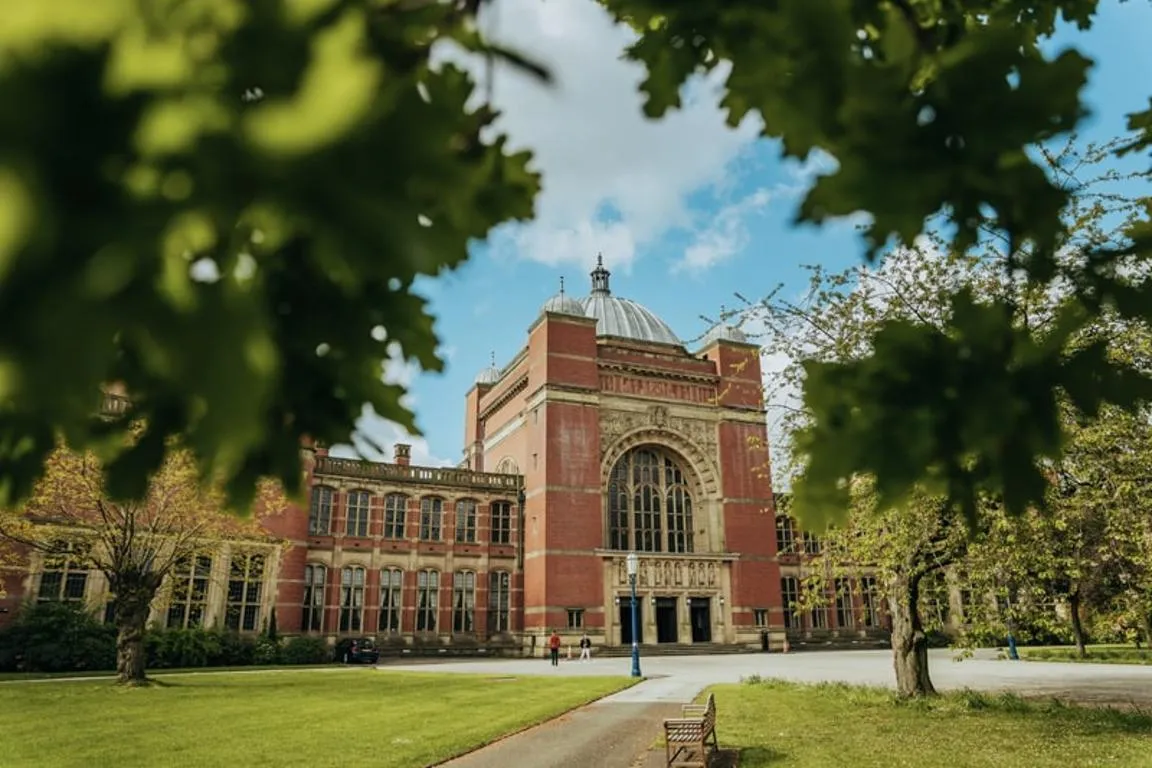Gao’s work on this occasion was to take physical measurements, detailed images, video and GPS readings of the remains on the site, with the aim of building a rich database from which she can start to develop new AR techniques for complicated rural locations. In addition, given the low Reservoir water levels evident during the visit, we were able to build up more of a picture as to the extent of the original grounds. Also on this visit, we made use of a new technology brought in to help with our Virtual Heritage efforts – a small hexacopter, built by another of our students and equipped with a range of onboard sensors (GPS, magnetometer, barometer, sonar, and so on) and, uniquely, a 3D or stereoscopic pair of small cameras. These cameras are mounted on a small pan-and-tilt unit such that the direction of view can be controlled independently of the motion of the hexacopter, by the “pilot” – in this case our new BAE Systems-sponsored PhD student Chris Bibb – on the ground wearing a Virtual Reality head-mounted display. By putting the aircraft into “loiter” mode, the pilot is, thus, free to look around and obtain aerial views in 3D. We were also able to test-fly the hexacopter around another of our sites of interest, the long-abandoned Burrator & Sheepstor Halt on the track of the old Yelverton-to-Princetown railway line. Being able to view (and record) these locations in 3D is providing us with much more overhead detail than can be obtained from Google Earth (for example).

